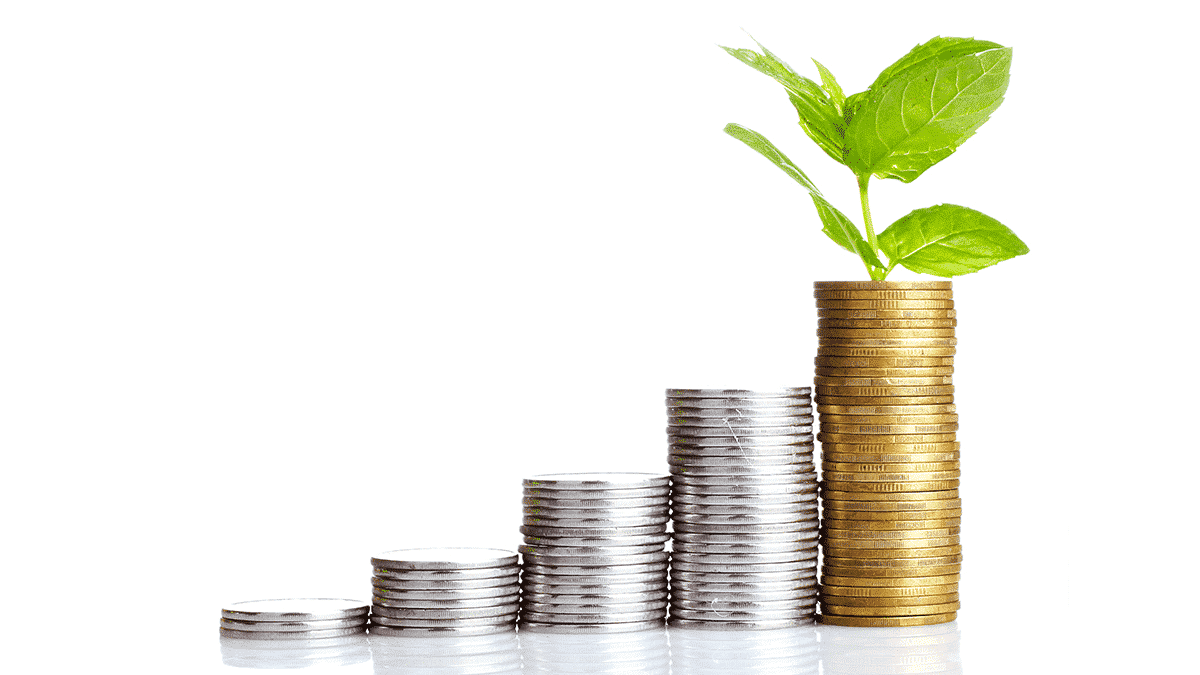Despite challenging economic and geopolitical conditions, superannuation pension funds continued their run of stellar returns in the financial year to June 2025, with the median pension Growth fund (61–80% growth assets) up 11.5%.
Once again, shares were the main driver of the result, with international shares leading the way thanks to the depreciation of the Aussie dollar.
This was reflected in the outperformance of higher risk categories with a higher allocation of shares. While all risk categories were strongly positive over the year, returns ranged from 14.7% for the median All Growth option to 8.2% for the median Conservative option.
These strong annual returns mean most retirees would have seen their account balance increase even after withdrawing the mandated minimum pension income.



Leave a Reply
You must be logged in to post a comment.